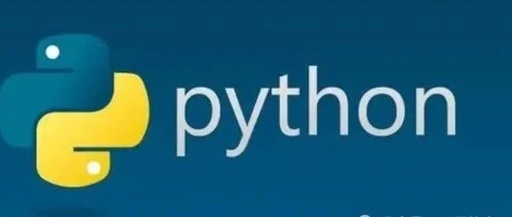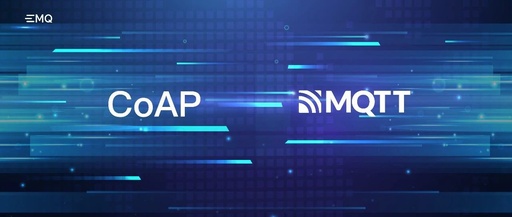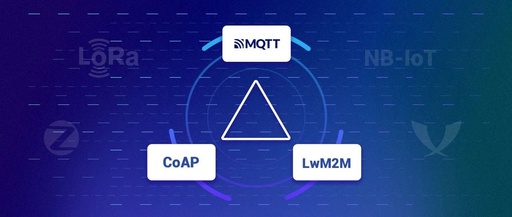Implementing Weakly Supervised Human Localization with ESP32
1. Introduction Weakly Supervised Object Localization is used to discover the location of target objects within images. Traditional object detection methods typically require precise bounding box annotations for each training sample, which can be time-consuming and labor-intensive for large-scale datasets. To address this issue, weakly supervised object localization solves the problem by using simpler annotation … Read more









